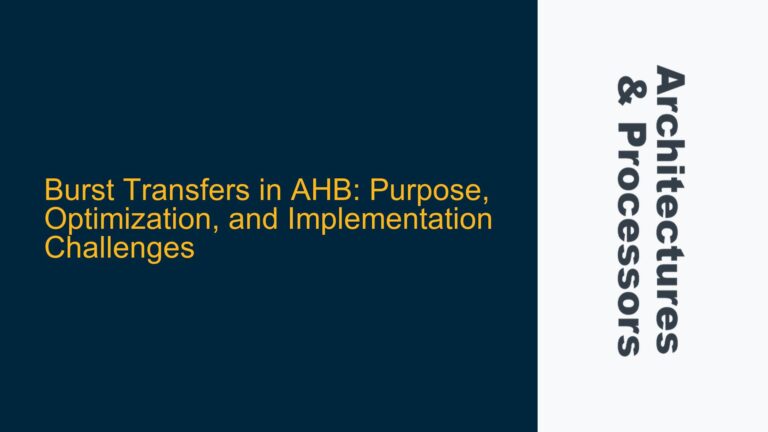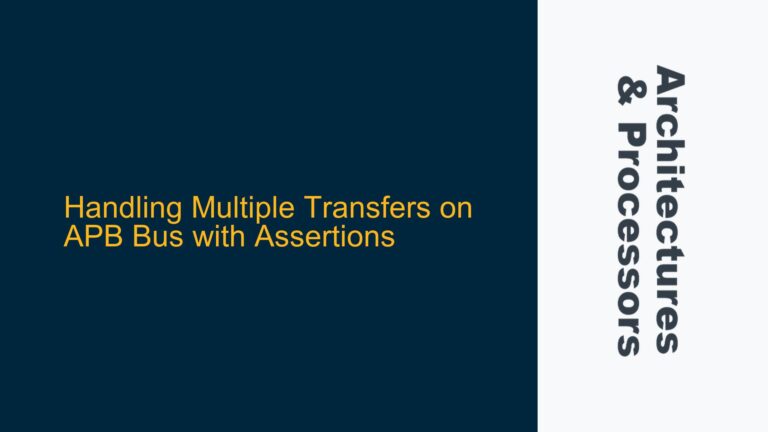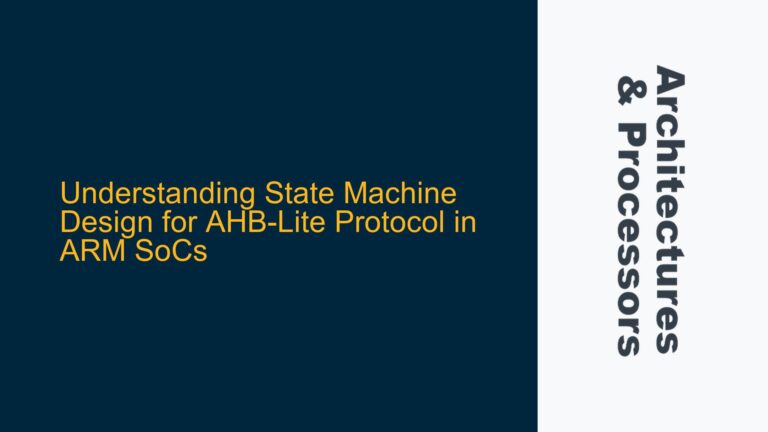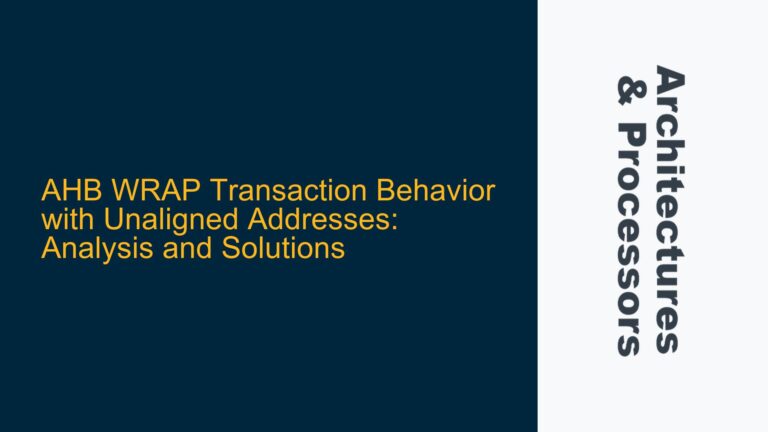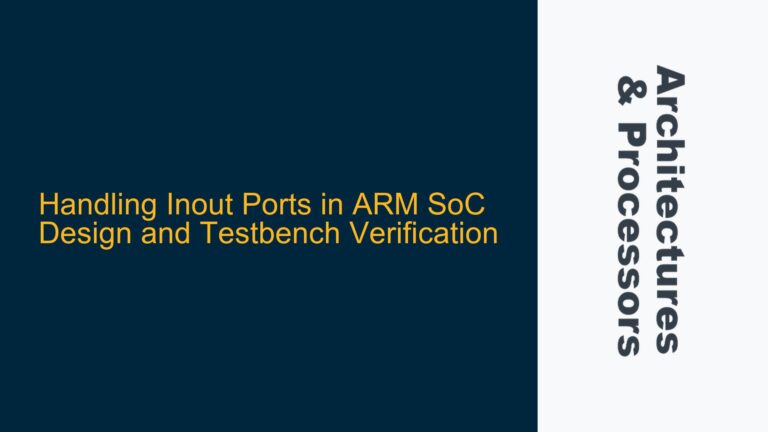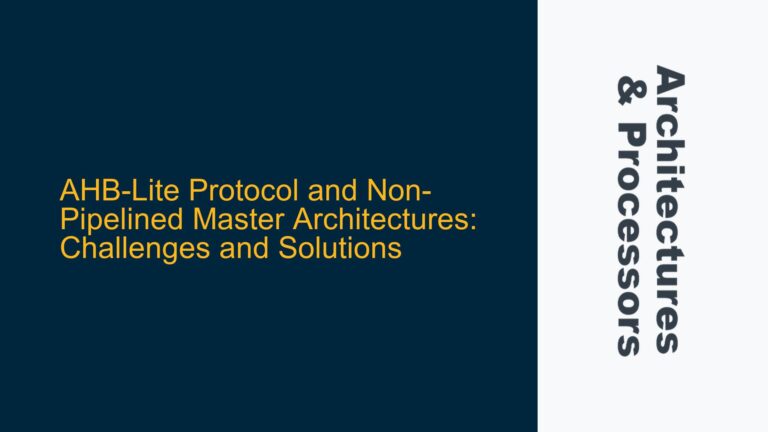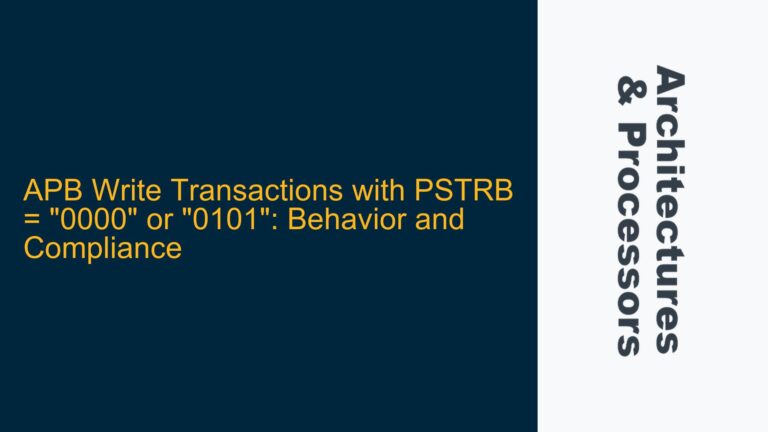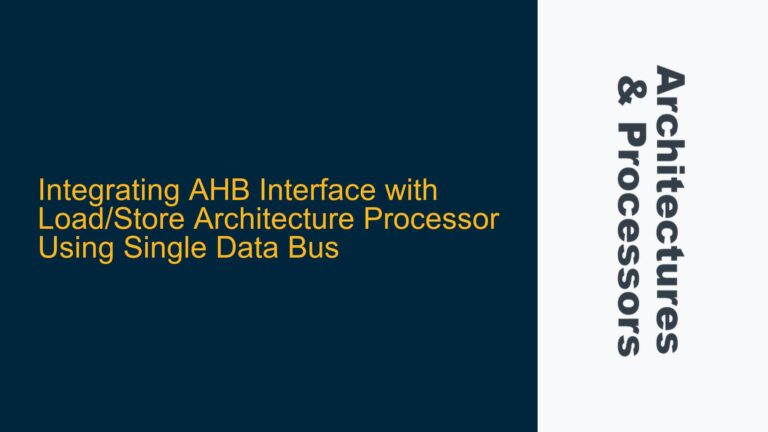Power Pin Connection Risks in Arm Artisan 14nm 14LPP SRAM
VDDCE and VDDPE Power Sequencing Violation in Power Down Mode The core issue revolves around the improper power pin connection strategy for the Arm Artisan 14nm 14LPP High-Speed Single-Port SRAM, specifically concerning the VDDCE and VDDPE power pins. The design team plans to connect VDDCE and VDDPE to the same power net, which simplifies the…

